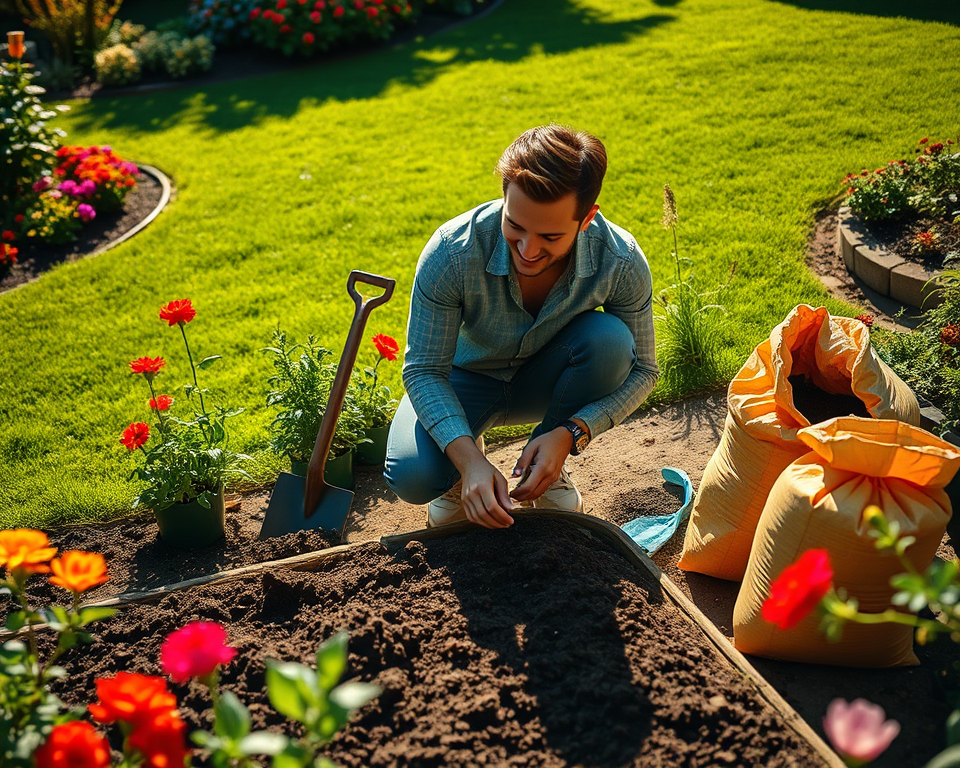Hey there! Today, we’re going to learn how to convert a volume measurement from cubic meters to cubic feet. This is especially important for us gardeners when we’re figuring out how much soil, mulch, or compost we need for our planting beds!
So, what does it mean when we say cubic meters? Think of it as a big box where the length, width, and height are all measured in meters. If a box is 1 meter long, 1 meter wide, and 1 meter high, it has a volume of 1 cubic meter.
Now, let’s dive into the conversion. To change cubic meters to cubic feet, we can use a special number called a conversion factor. The conversion factor for moving from cubic meters to cubic feet is about 35.315. This means for every 1 cubic meter, there are approximately 35.315 cubic feet.
To find out how many cubic feet are in 1.5 cubic meters, we multiply:
$$
1.5 \, \text{cubic meters} \times 35.315 \, \text{(cubic feet per cubic meter)} \approx 53.144 \, \text{cubic feet}
$$
So, when you have 1.5 cubic meters, that’s roughly 53.144 cubic feet.
Now, to help you visualize this, here are 7 objects that are exactly equal to 1.5 cubic meters:
- Two big rectangular garden boxes (each 1.2 meters long, 1 meter wide, and 0.625 meters high).
- One large compost bin (1 meter wide, 1 meter deep, and 1.5 meters tall).
- A stack of 30 large bags of soil (where each bag has a volume of 0.05 cubic meters).
- Three filled outdoor planters that are each 0.5 meters long, 0.5 meters wide, and 1.5 meters high.
- Ten 1-gallon buckets of mulch (where each bucket holds about 0.15 cubic meters).
- A decent-sized water tank (1 meter in diameter and 1.2 meters tall).
- Five medium-sized pots that are each 0.4 meters wide and 0.75 meters high.
These examples can help you understand what 1.5 cubic meters looks like in real life. Happy gardening! 🌱
